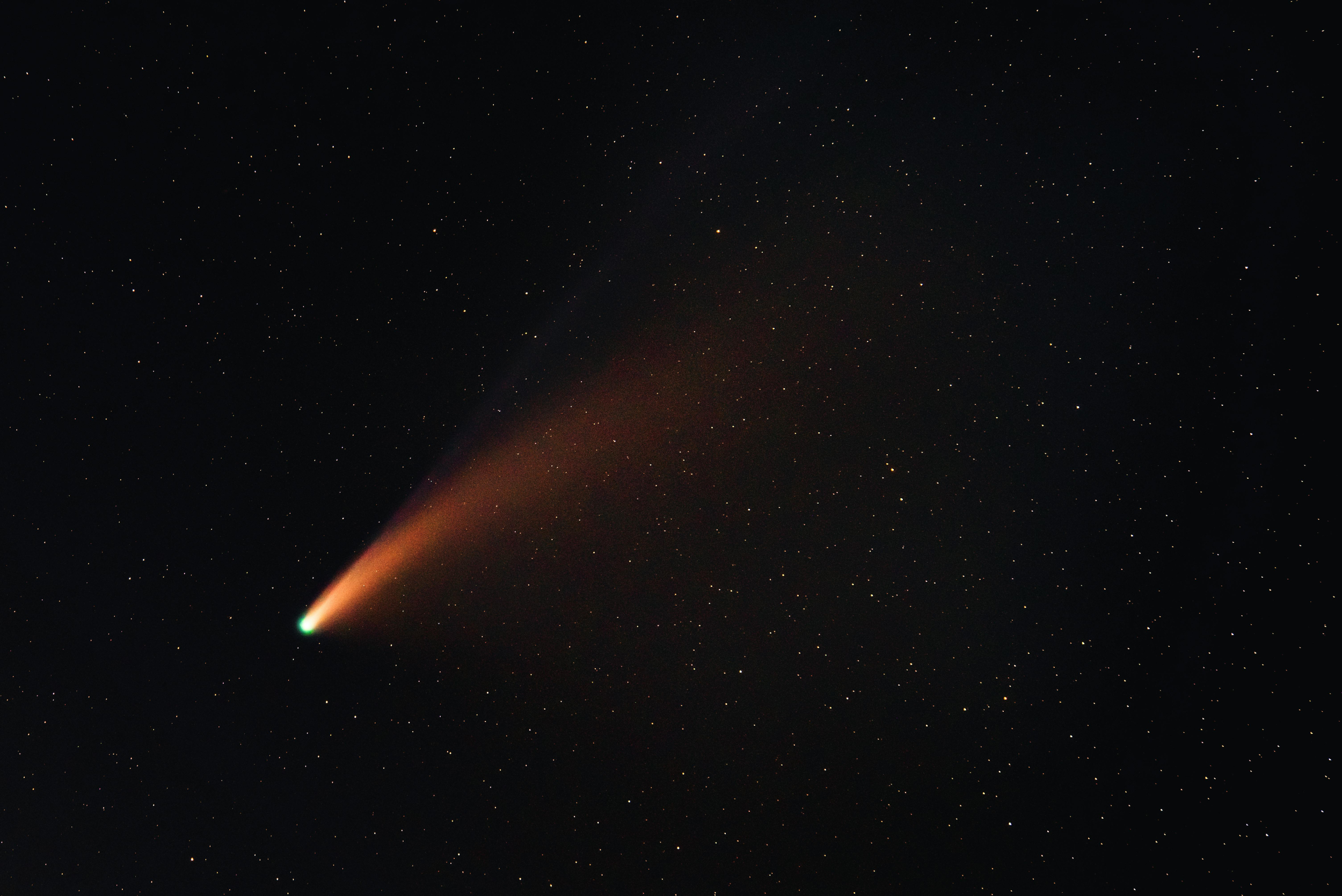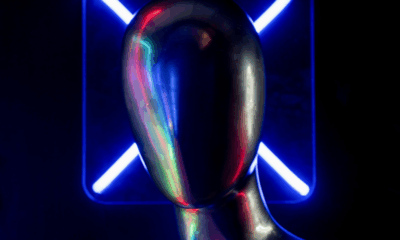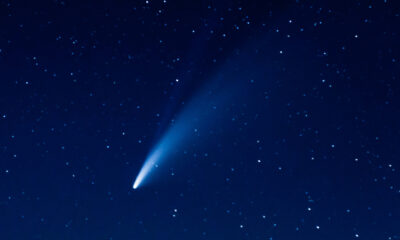Science
Michio Kaku Challenges Avi Loeb’s Alien Claims About 3I/ATLAS

The ongoing debate about the interstellar object 3I/ATLAS has intensified, with renowned theoretical physicist Michio Kaku challenging Harvard astrophysicist Avi Loeb‘s claims suggesting it could be of alien origin. Since its discovery on July 1, 2025, by the Asteroid Terrestrial-Impact Last Alert System (ATLAS), 3I/ATLAS has garnered significant attention due to its unusual characteristics.
Loeb, who has proposed that 3I/ATLAS might be an advanced alien probe, cites its hyperbolic trajectory and alignment close to the ecliptic plane as anomalies warranting further investigation. In support of his hypothesis, he notes the absence of a traditional comet tail, which he argues could indicate a technological origin. In his analysis, Loeb stated, “We shouldn’t assume anything, and we should assess the risk given the data that we have.”
Kaku, however, cautioned against jumping to conclusions about extraterrestrial life. He addressed the spread of misleading videos that inaccurately attribute views to him, clarifying that these segments are taken out of context. He emphasized, “These deceptive videos are based on misrepresented segments from real interviews.” Kaku further noted that there is no compelling reason to abandon natural explanations for the object’s characteristics.
In a televised interview, Kaku explained that 3I/ATLAS is likely an ancient object, possibly around 7 billion years old. He remarked, “In 7 billion years, there’s been plenty of time to accumulate debris.” His comments highlight that while the object exhibits some peculiar traits, they still align with known cosmic phenomena.
Early observations of 3I/ATLAS raised questions due to its lack of a distinct comet-like tail. Loeb pointed to a Hubble image taken on July 21, 2025, which revealed only a faint glow rather than a clear tail. Recent observations, however, have indicated the formation of a dust coma and tail as 3I/ATLAS approaches its closest pass to the Sun, or perihelion, expected around October 29, 2025. This behavior suggests it may display typical cometary characteristics.
The orbit of 3I/ATLAS is notably unusual, traveling at approximately 58 kilometers per second on a retrograde path inclined about five degrees to the ecliptic. Loeb’s team interpreted this alignment as potentially indicative of artificial fine-tuning. Yet, most space agencies, including NASA, maintain that available evidence supports the conclusion that 3I/ATLAS is an ordinary comet rather than a spacecraft.
Kaku remarked that 3I/ATLAS will not pose a threat to Earth, as it is projected to pass at a safe distance of about 167 million miles on December 19, 2025. He shared his insights via social media, emphasizing the need for scientific caution and the importance of verified research.
Loeb’s theory that 3I/ATLAS could be an alien probe has captivated public interest, yet it remains a point of contention among scientists. Many argue that extraordinary claims necessitate extraordinary evidence. The absence of propulsion signatures, radio emissions, or any form of maneuvering weakens the argument for an artificial origin.
Kaku’s perspective reinforces the importance of maintaining a scientific approach to such investigations. He cautioned against the sensationalization of space phenomena, which can detract from serious scientific inquiry. His comments, as reported by The Times of India, remind us that speculation should not eclipse evidence.
As astronomers prepare to monitor 3I/ATLAS in the coming months, its behavior will be closely observed. If it exhibits classic comet activity, such as outgassing and a tail pointing away from the Sun, it will bolster the case for a natural explanation. Conversely, any unexplained acceleration or signs of propulsion could reignite discussions about its potential artificial origins.
Currently, the evidence leans heavily toward a natural explanation, aligning with Kaku’s assertion that 3I/ATLAS is likely an ancient, non-technological interstellar object. While the allure of discovering alien technology continues to capture the imagination, the scientific community emphasizes the need for thorough investigation and concrete proof. As Kaku aptly concluded, the cosmos offers enough mysteries without forcing extraterrestrial narratives into every anomaly.
-

 Entertainment3 months ago
Entertainment3 months agoAnn Ming Reflects on ITV’s ‘I Fought the Law’ Drama
-

 Entertainment4 months ago
Entertainment4 months agoKate Garraway Sells £2 Million Home Amid Financial Struggles
-

 Health3 months ago
Health3 months agoKatie Price Faces New Health Concerns After Cancer Symptoms Resurface
-

 Entertainment3 months ago
Entertainment3 months agoCoronation Street’s Carl Webster Faces Trouble with New Affairs
-

 Entertainment3 months ago
Entertainment3 months agoWhere is Tinder Swindler Simon Leviev? Latest Updates Revealed
-

 World2 weeks ago
World2 weeks agoBailey Announces Heartbreaking Split from Rebecca After Reunion
-

 Entertainment2 weeks ago
Entertainment2 weeks agoCoronation Street Fans React as Todd Faces Heartbreaking Choice
-

 Entertainment4 months ago
Entertainment4 months agoMarkiplier Addresses AI Controversy During Livestream Response
-

 Science1 month ago
Science1 month agoBrian Cox Addresses Claims of Alien Probe in 3I/ATLAS Discovery
-

 Health4 months ago
Health4 months agoCarol Vorderman Reflects on Health Scare and Family Support
-

 Entertainment4 months ago
Entertainment4 months agoKim Cattrall Posts Cryptic Message After HBO’s Sequel Cancellation
-

 Entertainment3 months ago
Entertainment3 months agoOlivia Attwood Opens Up About Fallout with Former Best Friend





















